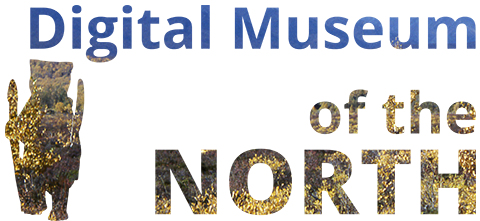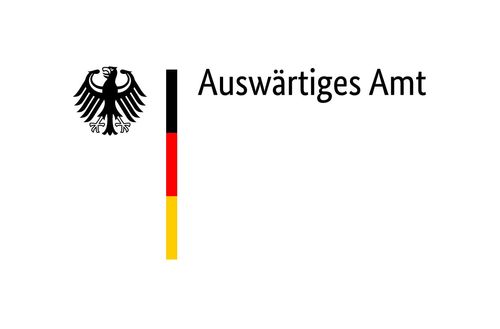Musée d‘ethnographie de l‘Université de Bordeaux
Liliia Zdor and her team* talk about the ritual fireboard
“This is a fire-starting board with all the necessary components. The board has a ‘head’ and is connected to a wooden figurine – a child’s amulet. When the child became an adult, their amulet was attached to the fireboard. The board also includes a wooden drill – nilek. On the nilek, there is a kneecap bone from a reindeer’s leg, which is absolutely necessary to keep the drill in a vertical position. This support (gyrgyčyčoč’yn) can also be made from walrus tusk or any other large animal bone. Each family used several fireboards. The boards often had the silhouette of a head and sometimes even legs. Originally, the board was probably of even thickness – as seen from the thickness of the ‘head’ section. The ‘belly’ of the board was shaved down to allow more air to enter the holes, as less air in a deep hollow reduces the chance of ignition through friction.
The tool consists of a bow and a leather strap. The bow is made of reindeer antler or wood, and the leather strap is made from bearded seal skin. To start the fire, one hand presses down on the top of the drill, while the other hand moves the bow back and forth. Rotating the drill causes the wood dust in the narrow hole to smolder. Fire from the home hearth must not be transferred to other dwellings. Such ritual fireboards are kept in a special pouch until the next festival. Over time, the boards grow darker due to being stored in a smoke-filled yaranga (tent). The place on the ‘head’ where the mouth is carved is greasy – because during festival days, the boards are used for ritual feedings. Other ritual objects are also ‘fed’ during ceremonies. Bone marrow is extracted from reindeer legs and used as melted fat (ypalgyn) for the feeding. The reindeer bones are crushed and boiled; the collected fat is skimmed off with a spoon and cooled. The fire-starting device shown here was probably not used as a ceremonial object – such an item would not have been included in Gondatti’s collection.”
Irina talks about her family’s milgyn: “Once, during a reindeer migration, we lost our milgyn that didn’t have a ‘head’. But milgyn is essential during Kilvei festivals. A few years ago, our family moved to the village, and we still celebrate Kilvei there. So I suggested to my mother that we get another milgyn to replace the one we lost. And Oleg managed to do it.”(Video in progress)
* Liliia Zdor, Galina Etul', Irina Gyrgol'naut, Irina Nutetgivev and Mark Zdor.
Self-recorded. Fairbanks, 2024



